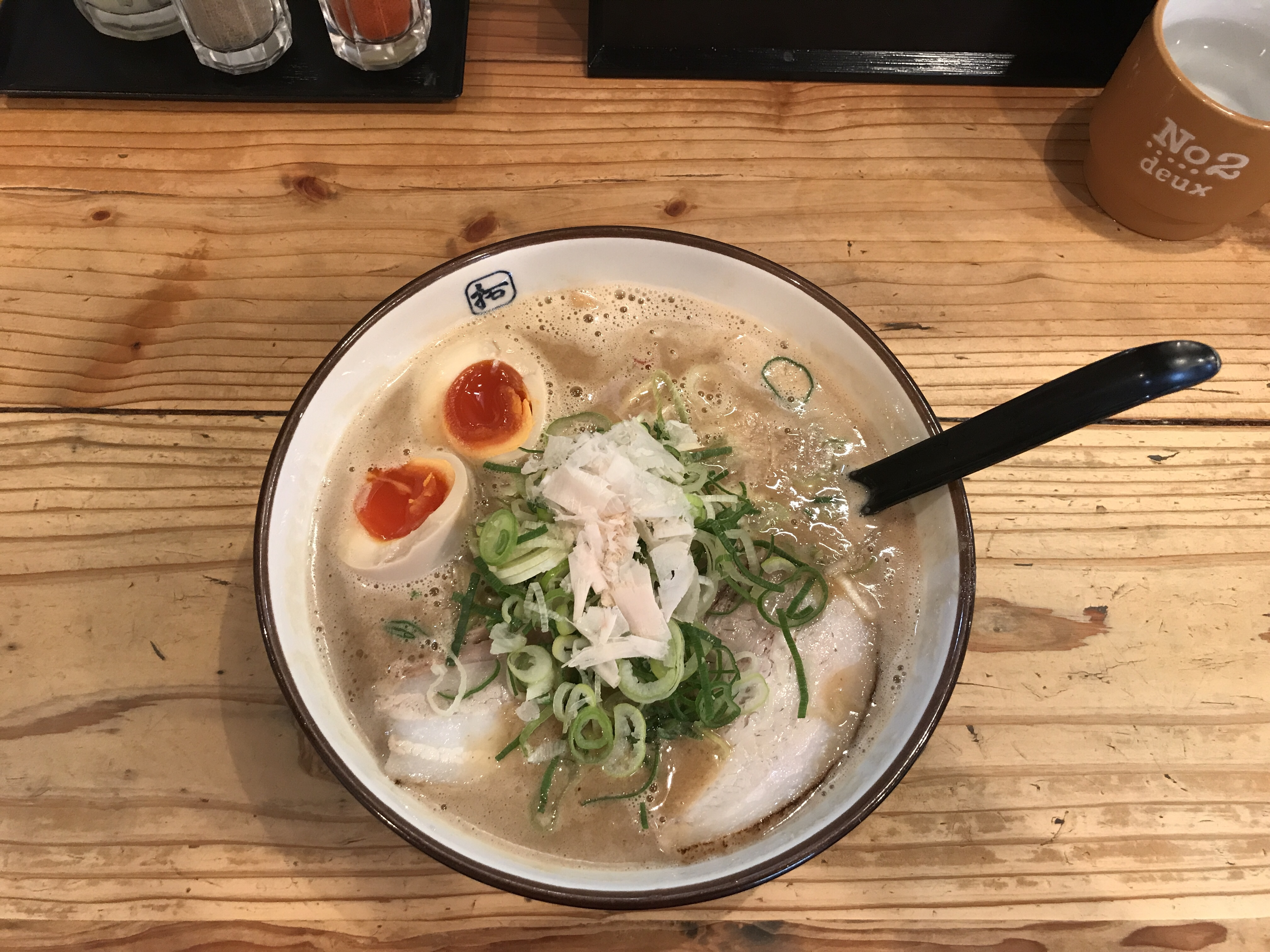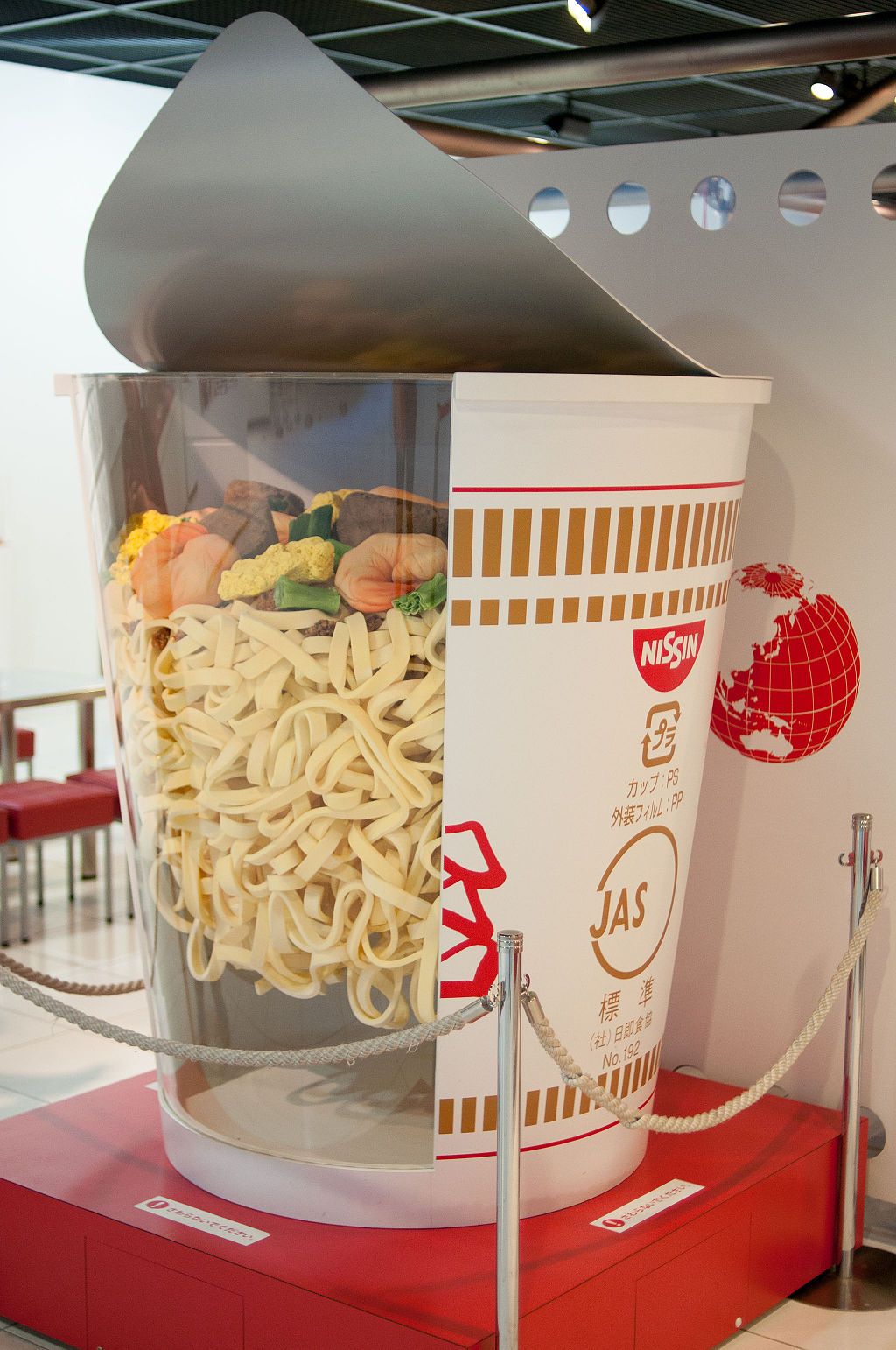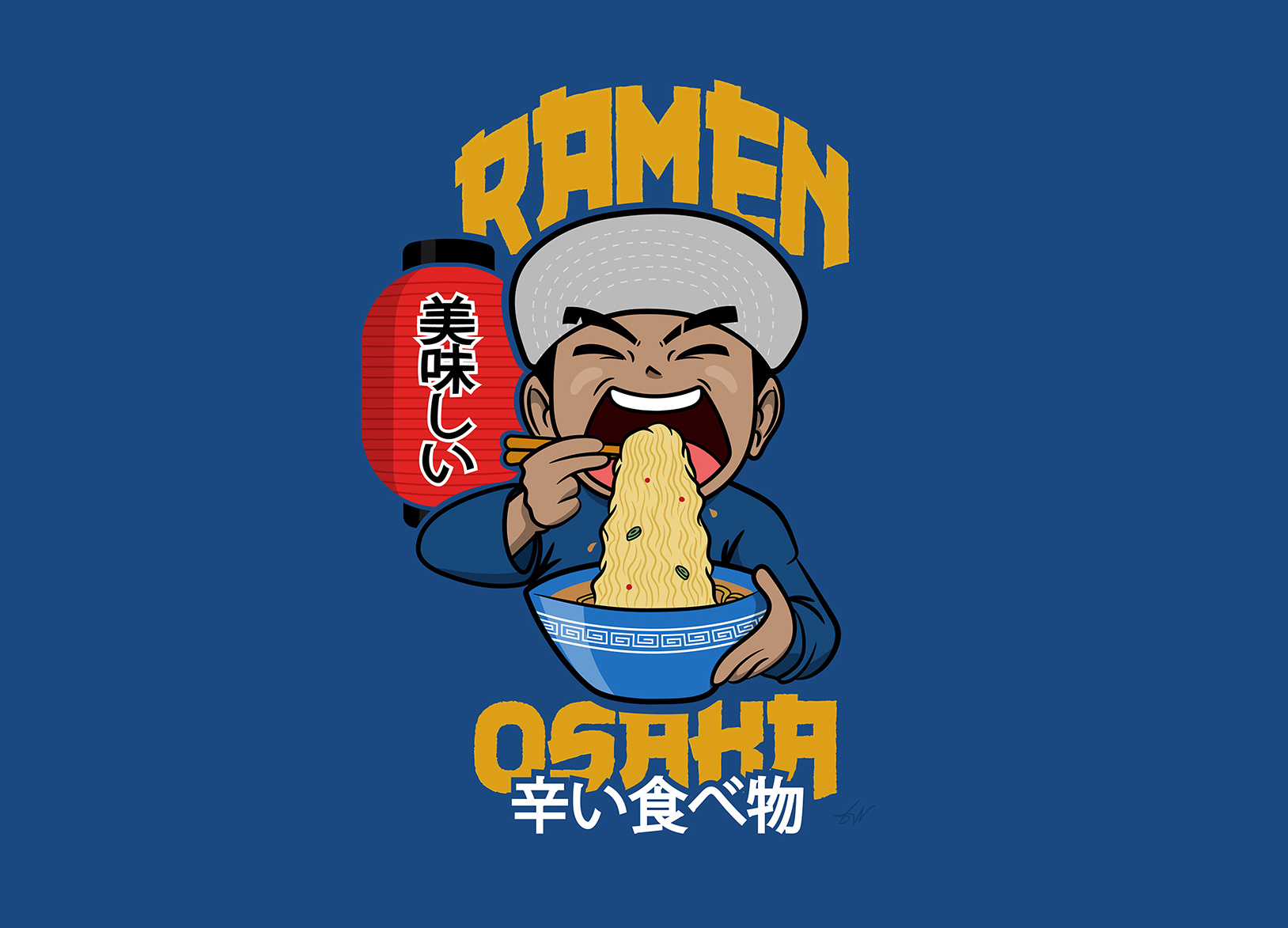Table Of Content

In this section, we will look at some common motifs in Mayan artwork to better understand it. Art would depict various happening in the history of the Maya, which they believed necessary to record. Cosmic events such as eclipses and their explanation of them were recorded through art. Detailed diagrams of rituals were commonplace combining mythology and reality.
The Archeo WordPress Theme Blends Mayan History With Magazine-Style Block Patterns - WP Tavern
The Archeo WordPress Theme Blends Mayan History With Magazine-Style Block Patterns.
Posted: Thu, 24 Mar 2022 07:00:00 GMT [source]
Cite this Article
By studying the colors used in Mayan art, we can gain a deeper understanding of their culture and the significance they placed on the natural world, spirituality, and the cycle of life and death. The building's Art Museum of the Americas contains numerous stoneware architectural details that are copied from Maya and Mexica art. Logo an eco-friendly hostel based in the Guatemalan jungle.Pachamaya taken from name Pachamama is an indigenous God of nature, Guatemalan mayan culture (mexican maya), and Ch want pachamama blend with nature- natural concepts. Artfilemagazine is your online art source, covering everything from artists, artworks, art periods, photography, and architecture to color theory. Artfilemagazine is your online art source, covering everything from artists, artworks, art history, painting, photography, and architecture to color theory. Jordan Anthony is a Cape Town-based film photographer, curator, and arts writer.
Pyramids and Mayan Gods
Some Maya palaces are extensive, including courtyards and other buildings that might have been residences or patios, such as the Palace at Palenque. Due to their size, academics believe that they also perhaps served as an administrative center, with Maya officials regulating taxes, trading, and agriculture. Depending on the importance of the Maya structures, the stone buildings would be built on elevated platforms that would range from one to 45 meters in height.
Introduction to the Mayan Civilization
Mayan temples were not only places of worship but also served as astronomical observatories and centers of political power. The pyramids, adorned with intricate carvings and sculptures, were dedicated to various gods and cosmic forces. The temples’ orientations were carefully aligned with celestial events, such as the equinoxes and solstices, demonstrating the Mayans’ advanced knowledge of astronomy. The Mayans were one of the few ancient civilizations to develop a complete writing system.
Towards the end, Barnsdall fired Wright from the project and the house was finished by Schindler, who later urged Richard Neutra to join him in Los Angeles. Afterwards the trio – Wright, Schindler and Neutra – all created projects in the Californian modernist style. Wright designed Hollyhock House as part of a commission from oil heiress Louise Aline Barnsdall to create an avant-garde theatre and cultural complex called Olive Grove. This residence marks one of the earliest examples of Mayan Revival, a modern architectural style that grew in the 1920s and 1930s.
Pyramid Building Materials

Thanks to each image being labeled, scholars were able to work out the meaning of many more glyphs. One of these was the glyph for maize, which was a vital part of Mayan society. For this reason, multiple gods and goddesses are depicted with jaguar features. The most important of which are Ah Puch (God of the underworld), Buluc Chabtan (God of war), and Ix Chel (Goddess of the moon and fertility).
Ballcourts for ritual games were created across the Mayan region as a vital part of their culture, often on a vast scale. Courts constructed earlier in Maya history had sloping edges, and those constructed later had vertical edges. The ball was composed of rubber and measured up to a foot in diameter at times.
This is because many are dedicated to K’ak Tilw Chan Yopaat the leader who gained their independence. Stelae have been found in all of the major Mayan cities and historians believe that even smaller towns would have each had one to decorate their town square. Almost 200 Mayan stelae were found in the city of Calakmul in Mexico, showing that they were a prevalent art form used by the Mayans.
Surviving Maya Architecture
It has been proposed that pyramids and temples were modified and reconstructed every 52 years, in accordance with the Maya Long Count Calendar. It now seems that the reconstruction process was often initiated by a new king or for political reasons, rather than to coincide with the calendar cycle. Nevertheless, constructing on top of existing Maya structures was a common practice. The majestic palaces and monuments of the Maya were built on the sturdy foundations of the platforms as they were completed. As Maya constructions were erected, significant relief art was generally applied to the stucco surface. Numerous lintel carvings, as well as stone carvings, have been uncovered that were utilized in the facade of Mayan buildings.
The mesmerizing world of Mayan designs holds a captivating allure, drawing inspiration from ancient civilizations that flourished thousands of years ago. From intricate patterns adorning sacred temples to vibrant textile creations, Mayan designs continue to inspire and intrigue people around the globe. In this article, we delve into the rich history, symbolism, and unique characteristics of Mayan designs, uncovering the secrets behind their enduring popularity. Maya pyramids soaring above the surrounding jungle, such as the 65-metre high Temple IV at Tikal (8th century CE), are amongst the most famous images from the ancient Americas.
In this article, only statues made of the following materials will be examined; stone, ceramic, and jade. Zoomorphs were a common form of ancient Mayan art, in which boulders of sandstone were carved into the shape of animals. These animals would have been ones with religious significance to the Maya such as jaguars, snakes, and crocodiles. Unfortunately, the warm, humid Central American climate is not conducive to preserving ancient artworks. However, those that have survived have provided us with valuable information about the Mayan civilization.
Pyramids were used not only as temples and focal points for Maya religious practices where offerings were made to the gods but also as gigantic tombs for deceased rulers, their partners, sacrificial victims, and precious goods. Pyramids were also periodically enlarged so that their interiors, when excavated, sometimes reveal a series of complete but diminishing pyramids, often still with their original coloured stucco decoration. In addition, individual shrines could be amalgamated into a single giant complex over time as Maya rulers attempted to impress their subjects and leave a lasting mark of their reign. A good example of this development can be seen at the North Acropolis of Tikal.
Paintings, sculptures, and decorative items often incorporate elements of Mayan symbolism, patterns, and motifs. These pieces not only capture the aesthetic beauty of Mayan designs but also serve as a connection to the rich cultural heritage and ancient traditions. Mayan designs have found their way onto fashion runways, with designers incorporating Mayan motifs into their collections.
These wonderful polychrome Mayan murals are located in the Pyramid of the Paintings on the Western and Northern walls. These early artists created some of the most detailed portraits of Mayan mythology dating to around 100 BCE and covering a span of over 2 x 1 meters in the North and 9 x 2 meters in the West. His body appears to be painted with as much Realism as possible, with saggy skin and a geriatric appearance. He is painted as the largest figure in the scene with two other figures placed in front of the temple. Chahk also appears to be vomiting smoke, which flows down to his legs and then up, such that he is engulfed in his own pool of vegetal smoke.















